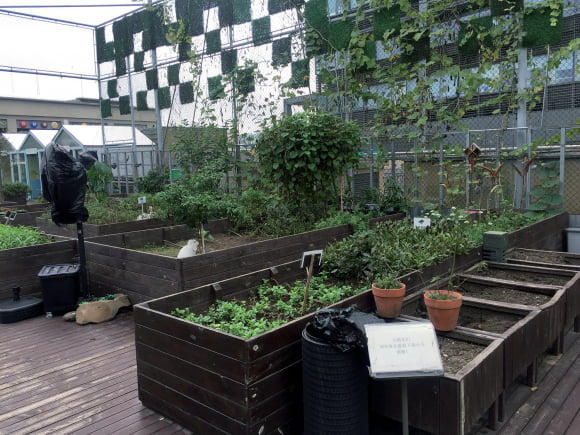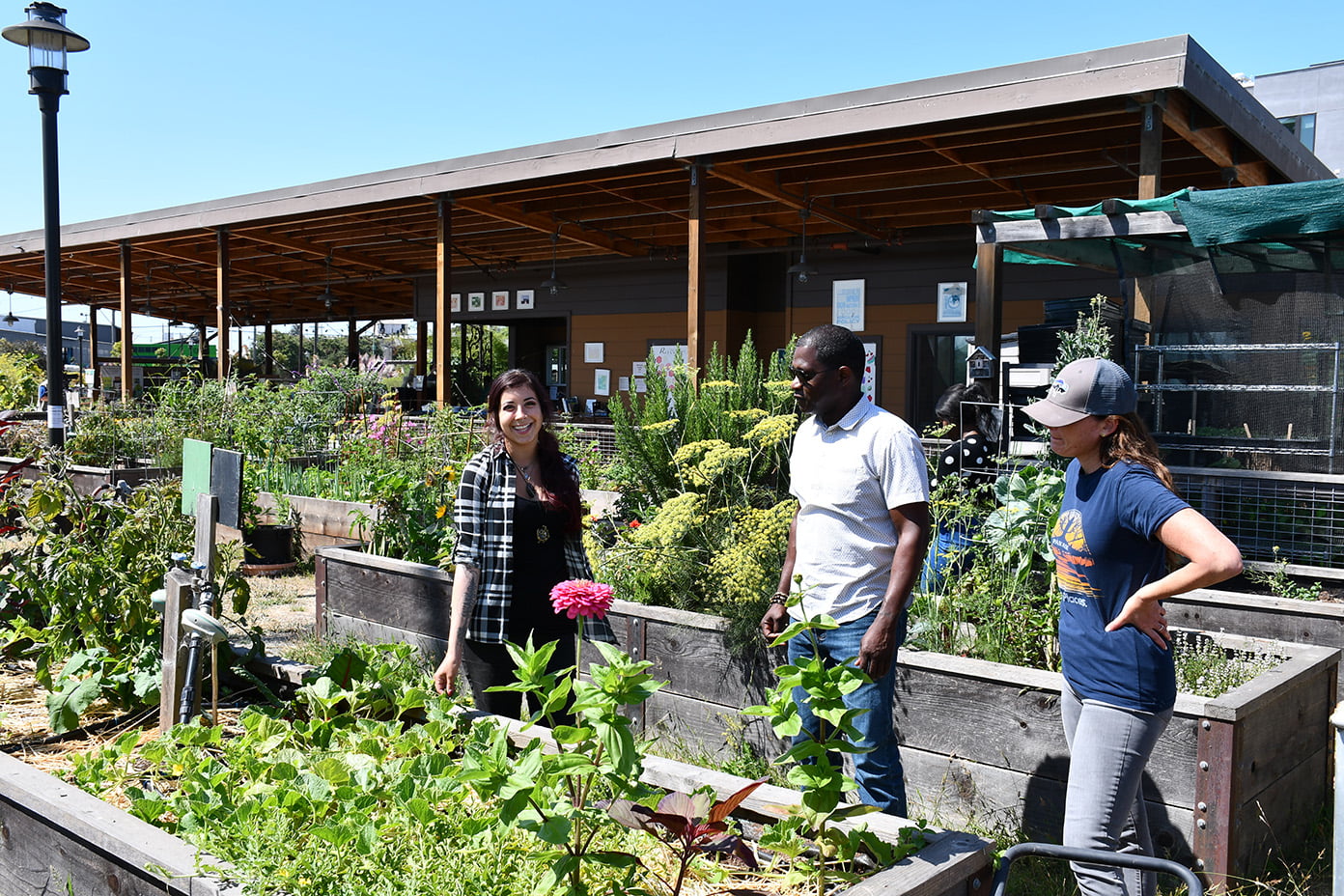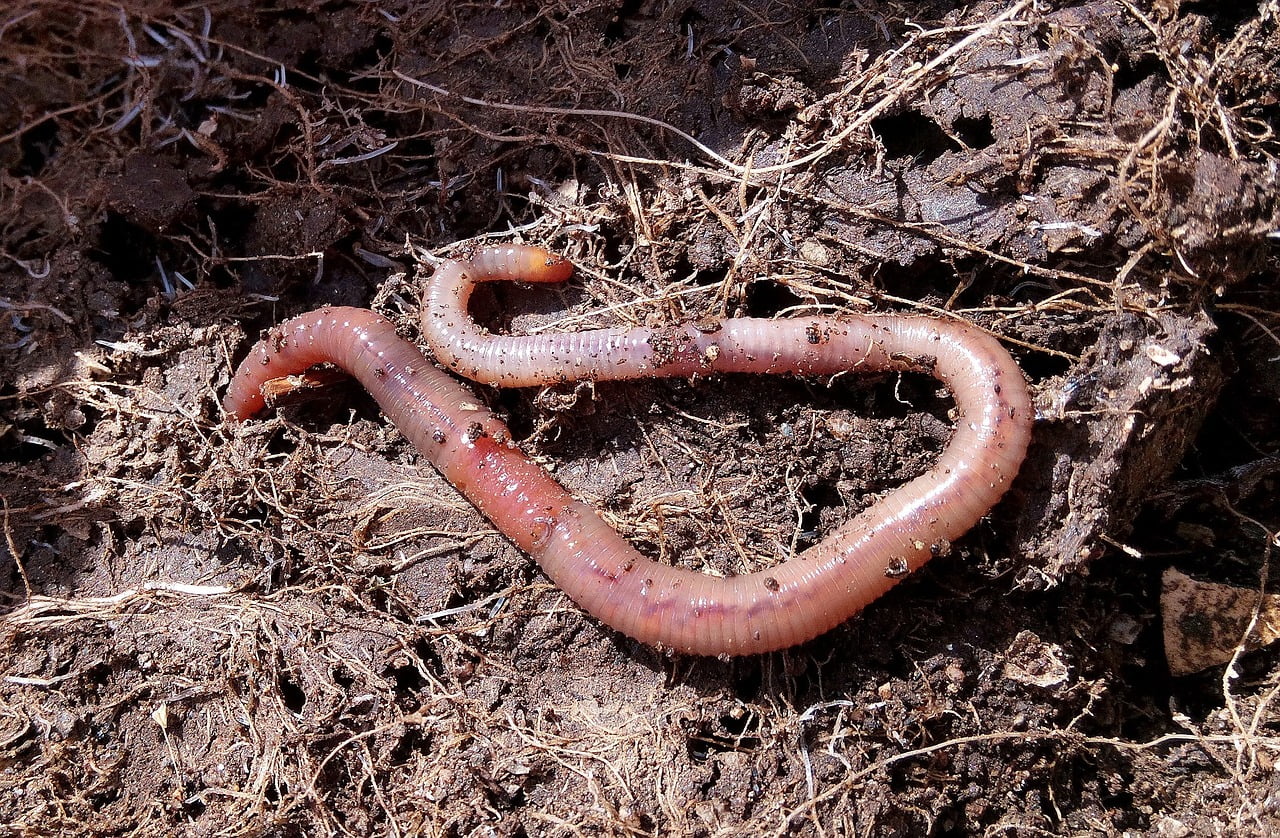Welcome, urban farmer extraordinaire! Get ready to delve into the captivating world of profitable urban farming, where you can reap the rewards of increased revenue, sustainable practices, and a positive community impact. If you’ve been yearning to transform your urban patch of land into a thriving business venture, you’re in the right place. In this article, we’ll unlock the secrets to profitability in urban farming by revealing the seven key factors that will not only boost your bottom line but also contribute to a greener and more prosperous future. So put on your gardening gloves, because we’re about to embark on a journey that will enrich your wallet, the environment, and your community! Let’s dive right in!
Table of Contents

Unlocking Profitable Urban Farming: 7 Key Factors for Success
Factor 1 – Strategic Location: Maximizing Success through Ideal Placement

Did you know that location is the bedrock upon which profitable urban farming stands? It’s true! Finding the ideal spot for your farm can make or break your chances of success. Whether it’s rooftop gardens, vacant lots, or repurposed industrial spaces, strategic placement is vital. Let’s explore the key aspects to consider when selecting your urban farming oasis:
- Proximity to markets and customers: Being close to potential buyers means reduced transportation costs and fresher produce.
- Accessibility to resources: Ensure easy access to water, electricity, and other essential supplies.
- Community engagement: Embrace the power of collaboration and connect with local organizations and customers.
Success Metrics:
- Increased revenue through proximity to markets and customers, resulting in reduced transportation costs and fresher produce.
- Enhanced community impact and engagement by connecting with local organizations and customers, leading to increased brand recognition and customer loyalty.
Factor 2 – Cultivating Profitable Crops: Growing Green Gold for Success

Now that you’ve found your urban farming paradise, it’s time to focus on the crops that will bring home the bacon. Growing profitable urban farming crops requires careful planning and consideration. Please consider the following points to remember:
- Market demand: Research the local market to identify high-demand crops and niche opportunities.
- Space optimization: Make the most of your limited urban space by utilizing vertical gardening techniques and maximizing crop yield.
- Crop rotation and succession planting: Optimize your harvest by implementing smart crop rotation and timely succession planting.
Success Metrics:
- Higher profitability is achieved by identifying high-demand crops and niche opportunities in the local market.
- Improved crop yield and utilization of limited urban space through vertical gardening techniques and smart crop rotation, resulting in increased revenue per square foot.
Factor 3 – Efficient Resource Management: Saving the Earth and Your Wallet

In the world of profitable urban farming, resource management is a game-changer. Being resourceful not only benefits the environment but also boosts your profitability. Take into account these important factors:
- Water conservation: Implement drip irrigation systems, collect rainwater, and recycle graywater to minimize water usage.
- Soil health and composting: Maintain nutrient-rich soil through composting, vermiculture, and organic fertilizers.
- Energy-efficient practices: Embrace renewable energy sources, such as solar panels, and optimize energy usage through smart technology.
Success Metrics:
- Reduced water usage and conservation are achieved through the implementation of drip irrigation systems, rainwater collection, and greywater recycling.
- Improved soil health and nutrient-rich soil maintained through composting, vermiculture, and organic fertilizers, resulting in increased crop productivity and reduced input costs.
Factor 4 – Integrated Pest Management: Safeguarding Your Harvest

No farmer likes uninvited guests munching on their hard-earned produce. With urban farming, effective pest management is crucial. Here’s how you can keep those pests at bay:
- Natural predators: Encourage beneficial insects, birds, and even bats to feast on garden pests.
- Companion planting: Utilize the power of companion plants to repel harmful insects and attract beneficial ones.
- Organic pest control methods: Embrace organic insecticides, neem oil, and homemade remedies to maintain a healthy ecosystem
Success Metrics:
- Decreased crop loss and improved yield through the promotion of beneficial insects, companion planting techniques, and organic pest control methods.
- Healthier ecosystem and reduced reliance on chemical pesticides, leading to higher-quality produce and increased market demand.
Factor 5 – Marketing and Branding: Cultivating Business Roots for Success

To thrive in the competitive urban farming landscape, you need to stand out from the crowd. Effective marketing and branding play a significant role in your success. Let’s explore some essential steps:
- Building a brand identity: Develop a unique brand story that resonates with your target audience.
- Online presence: Leverage social media, a website, and online marketplaces to reach a wider customer base.
- Community outreach: Participate in farmers’ markets, local events, and collaborate with restaurants and businesses to expand your network.
Success Metrics:
- Expanded customer base and increased sales through the development of a unique brand identity that resonates with the target audience.
- Improved market visibility and reach achieved through an effective online presence, participation in local events, and collaborations with restaurants and businesses.
Factor 6 – Financial Planning and Profitability: Nurturing the Green in Your Wallet

It’s time to talk numbers! To ensure profitability in urban farming, you must have a solid financial plan in place. Let’s dive into the financial aspects you need to consider:
- Budgeting and forecasting: Estimate your expenses, projected sales, and potential risks to make informed financial decisions.
- Pricing strategies: Determine the right pricing that covers your costs, accounts for market demand, and allows for a reasonable profit margin.
- Diversification and value-added products: Explore opportunities to expand your revenue streams by offering value-added products like jams, sauces, or workshops for profitable urban farming.
Success Metrics:
- Informed financial decisions based on accurate budgeting, sales projections, and risk assessment, leading to improved profitability and sustainable growth.
- Diversification of revenue streams through the offering of value-added products and services, resulting in increased overall revenue and reduced dependence on crop sales alone.
Factor 7 – Continuous Learning and Adaptation: Thriving in an Ever-Growing Field

The world of urban farming is dynamic and ever-evolving. To stay ahead, you must be open to learning, adapting, and embracing new practices. Here’s how:
- Stay updated: Keep tabs on the latest industry trends, technological advancements, and farming techniques.
- Networking and knowledge-sharing: Engage with fellow farmers, attend workshops, and join online communities to exchange ideas and experiences.
- Evaluate and optimize: Regularly assess your processes, learn from failures, and continuously improve your farming methods.
Success Metrics:
- Enhanced farming practices and increased productivity through staying updated on the latest industry trends, technological advancements, and farming techniques.
- Expanded knowledge and network through networking, knowledge-sharing, and continuous evaluation, leading to improved efficiency, innovation, and adaptability in urban farming
Mitigating Risk Affecting Profitable Urban Farming
Diversify Your Crop Selection: Relying on a single crop can expose your urban farm to greater risks, such as crop failure or market fluctuations. By diversifying your crop selection, you can spread out the risks and have alternative sources of income. Experiment with different crops, both in terms of variety and seasonal suitability, to ensure a stable and profitable urban farming harvest throughout the year.
Implement Effective Pest and Disease Management: Pests and diseases can significantly impact the success of your urban farm. Stay vigilant by regularly monitoring your crops, identifying potential issues early on, and implementing integrated pest management (IPM) techniques. This approach combines natural pest control methods, cultural practices, and targeted use of organic pesticides to minimize crop damage and maintain a healthy ecosystem.
Establish Contingency Plans for Weather Events: Unpredictable weather events, such as storms, heatwaves, or prolonged periods of rain, can affect crop growth and yield. Develop contingency plans to protect your crops from extreme weather conditions. This may involve using protective structures like greenhouses or row covers, implementing irrigation systems to ensure adequate water supply during dry spells, or adjusting planting schedules to mitigate the impact of unfavorable weather.
Build Strong Relationships with Suppliers and Buyers: Establishing reliable partnerships with suppliers and buyers is essential for managing uncertainties in the urban farming business. Maintain open communication channels with your suppliers to ensure a steady supply of quality seeds, equipment, and other resources. Similarly, foster long-term relationships with buyers, such as local restaurants, grocery stores, or farmers’ markets, to secure consistent sales channels for your produce.
Stay Updated on Industry Trends and Innovations: Urban farming is a dynamic field that constantly evolves with new technologies, practices, and market trends. Stay informed about the latest advancements by attending workshops, conferences, or webinars related to urban farming. Engage with fellow farmers, join online communities, and participate in knowledge-sharing platforms to exchange ideas and stay ahead of emerging challenges or opportunities that will lead to profitable urban farming.
Develop Financial Resilience: Financial stability is crucial for navigating uncertainties in urban farming. Create a comprehensive financial plan that includes budgeting, forecasting, and risk assessment. Allocate funds for unforeseen expenses, such as equipment repairs or crop loss. Diversify revenue streams by exploring value-added products or services, such as farm-to-table experiences, educational workshops, or agritourism activities, to mitigate the impact of market fluctuations.
Continuously Learn and Adapt: Adopt a mindset of continuous learning and adaptation to overcome obstacles in urban farming. Regularly evaluate your farming practices, identify areas for improvement, and embrace innovative techniques or technologies. Learn from failures and seek feedback from customers and peers to refine your farming methods. By staying proactive and adaptive, you can navigate uncertainties and position your urban farm for long-term success.
Remember, the specific risks and obstacles can vary based on your location, crops grown, and market conditions. Conducting thorough research, seeking advice from experienced farmers, and engaging with local agricultural organizations can provide valuable insights tailored to your specific context.
FAQs (Frequently Asked Questions):
Q1: Is Urban Farming Profitable?
Urban farming can be profitable under certain circumstances. Profitable urban farming depends on various factors such as the type of crops or produce grown, the local market demand, the scale of operations, and the efficiency of the farming techniques employed.
Here are some factors to consider when assessing the profitability of urban farming:
- Market demand: Conduct thorough market research to understand the demand for your produce in the local area. Identify potential customers such as restaurants, farmers markets, grocery stores, or direct consumers.
- Crop selection: Choose crops that have a high demand and can be grown effectively in an urban setting. Specialty or high-value crops like herbs, microgreens, salad greens, or exotic vegetables can often yield higher profits.
- Efficiency and productivity: Utilize space effectively by implementing vertical farming techniques, hydroponics, or aquaponics systems. Maximizing production per square foot can increase profitability.
- Cost management: Evaluate the costs involved in setting up and maintaining your urban farm. Consider factors like land or space rental, equipment, seeds, fertilizers, water, energy, and labor. Efficient resource management can help improve profitability.
- Value-added products: Explore opportunities to add value to your produce by creating products like sauces, jams, or pickles. This can potentially increase your profit margin.
- Local regulations and permits: Research and comply with any local regulations or permits required for urban farming. Compliance costs should be factored into your profitability analysis.
- Marketing and distribution: Develop effective marketing strategies to reach your target audience. Establish partnerships with local businesses or participate in farmers markets to promote and sell your produce.
- Seasonality and scalability: Consider the seasonality of certain crops and plan your production accordingly. Explore ways to extend your growing season through greenhouse or indoor farming. Scaling up operations can also lead to increased profitability.
.It’s important to note that profitability in urban farming can vary greatly depending on location, market conditions, and the specific circumstances of each farm. Therefore, it’s recommended to conduct a thorough feasibility study and develop a detailed business plan before venturing into urban farming.
Q2: How long does it take to achieve profitability in urban farming?
The timeline for achieving profitability in urban farming can vary depending on several factors. While there is no one-size-fits-all answer, let’s explore the key considerations that can influence the time it takes to achieve profitability:
- Farm Size and Scale: The size and scale of your urban farm play a significant role. Larger operations with more production capacity and diversified crops may have the potential to generate profits sooner. Conversely, smaller-scale farms or those specializing in niche markets may take longer to reach profitability.
- Crop Selection: The choice of crops can impact profitability timelines. Some crops have shorter growing cycles and higher market demand, allowing for quicker returns on investment. On the other hand, crops with longer maturation periods or limited market demand may require more time and effort to become profitable.
- Market Demand and Competition: The demand for locally grown produce in your target market is crucial. Understanding the demand and identifying niche markets with higher price points can help expedite profitability. Additionally, assessing the level of competition and finding ways to differentiate your products can give you a competitive edge.
- Infrastructure and Equipment: The availability and condition of infrastructure and equipment can influence profitability timelines. Investing in efficient irrigation systems, vertical farming technologies, or greenhouse structures can enhance productivity and reduce costs, potentially accelerating profitability.
- Business and Marketing Strategies: Effective business and marketing strategies can impact the time it takes to achieve profitability. Developing a strong brand, establishing relationships with local restaurants or grocery stores, participating in farmers markets, and utilizing online platforms for direct sales can expedite revenue generation.
- Knowledge and Experience: The level of knowledge and experience in urban farming practices is a significant factor. If you’re new to urban farming, there may be a learning curve involved, which could affect the time it takes to optimize production, manage costs, and achieve profitability. Continuous learning, attending workshops, and networking with experienced farmers can help shorten this learning phase.
It’s important to recognize that profitability in urban farming is often a gradual process. Factors such as initial investments, ongoing expenses, and market fluctuations can influence the timeline. Generally, it may take anywhere from a few months to a couple of years to reach profitability, but this can vary widely.
By diligently implementing best practices, leveraging market opportunities, and adapting to challenges, you can unlock the secrets of profitable urban farming and work towards achieving profitability within a reasonable timeframe
Conclusion
Congratulations, urban farming trailblazer! You have now unlocked the secrets of profitable urban farming through these seven key factors. By strategically choosing your location, cultivating profitable crops, managing resources efficiently, implementing effective pest control, mastering marketing and branding, planning your finances, and embracing continuous learning for maximum yield, you are well on your way to a thriving urban farming business. So, get out there, get your hands dirty, and let the urban farming revolution begin!
